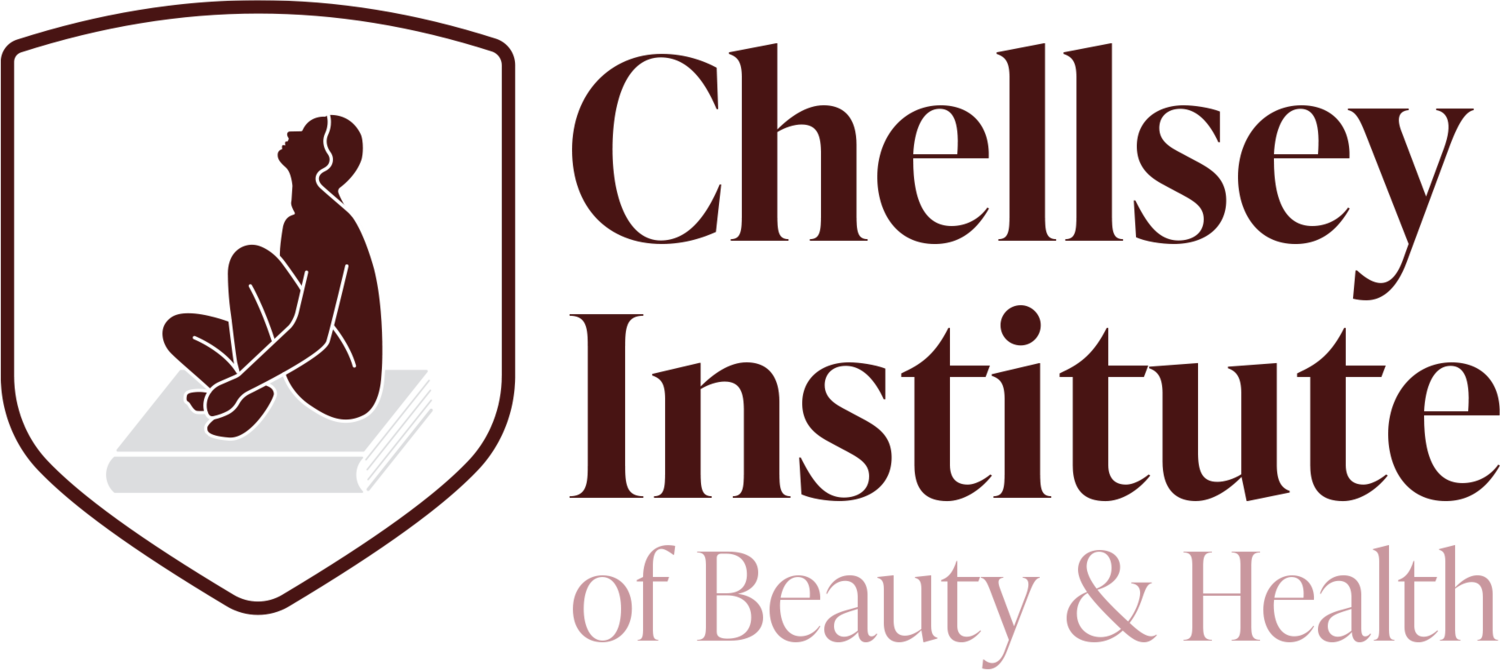How to Keep Hair Healthy in Winter: Tips Every Hairstyling Student Should Know
Winter weather can be especially harsh on the hair, leaving it dry, brittle, and prone to breakage. Cold temperatures outside combined with heated indoor environments create a cycle that strips moisture from the hair and scalp. For hairstyling students and future professionals, understanding how to protect and maintain hair health during the winter months is essential for providing clients with effective, seasonal care.
1. Hydration Is the Foundation
Cold air holds less moisture, which means hair loses hydration faster. Switching to richer, more nourishing shampoos and conditioners helps replenish moisture and strengthen the hair cuticle. Products containing ingredients like argan oil, shea butter, keratin, or hyaluronic acid offer deep conditioning benefits and long-lasting softness.
2. Reduce Heat Styling
Clients often rely more on blow-dryers and hot tools during winter, which can worsen dryness and damage. Hairstylists should recommend:
● Lower heat settings
● Always using a heat protectant spray
● Embracing heatless styling techniques where possible
Teaching clients how to style hair efficiently without excessive heat is a valuable skill for every professional stylist.
3. Don’t Skip Scalp Care
The scalp frequently becomes dry or flaky during cold seasons. Regular exfoliation with gentle scalp scrubs, hydrating masks, and nourishing oils helps restore balance and support healthy hair growth. A healthy scalp leads to healthier hair—something every stylist should emphasize to clients.
4. Protect Hair From the Elements
Hats, scarves, and hoods protect hair from snow, wind, and freezing temperatures. However, friction from winter accessories can cause frizz or breakage. Silk or satin-lined hats reduce friction and help maintain smoothness and hydration.
5. Deep Conditioning Treatments Are a Must
Weekly masks or in-salon deep conditioning treatments help replenish lost moisture. Professional hairstylists can recommend customized treatments based on hair type, porosity, and condition—an essential skill taught in advanced hairstyling programs.
6. Trim Regularly
Winter can make split ends worse. Regular trims every 6–8 weeks prevent breakage and keep hair looking healthier and fuller.
Winter hair care is not just about managing seasonal challenges—it’s an opportunity for hairstylists to educate clients, showcase their expertise, and recommend personalized treatment plans that improve long-term hair health.
Interested in becoming a professional hairstylist?
Our Hairstyling Diploma Program teaches students the fundamentals of cutting, coloring, styling, and hair care science—preparing you to deliver professional results year-round.
I can add the program link here if you’d like!

